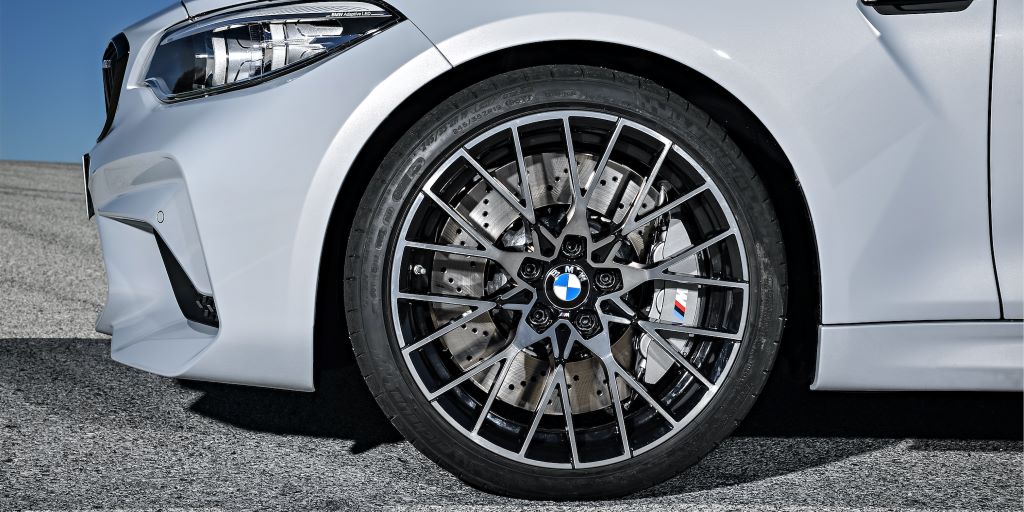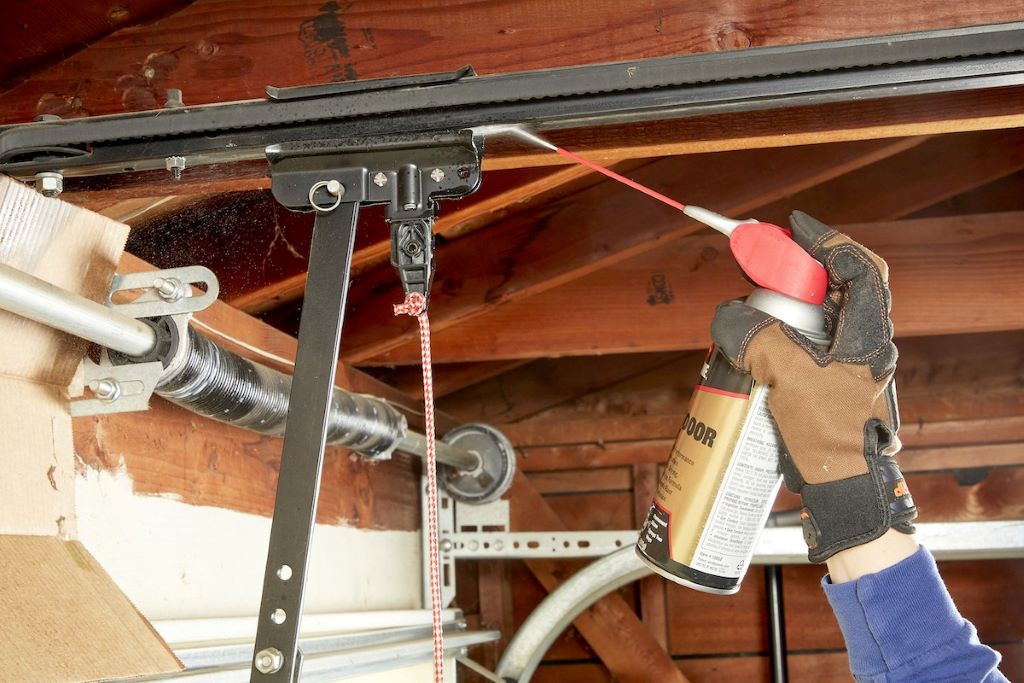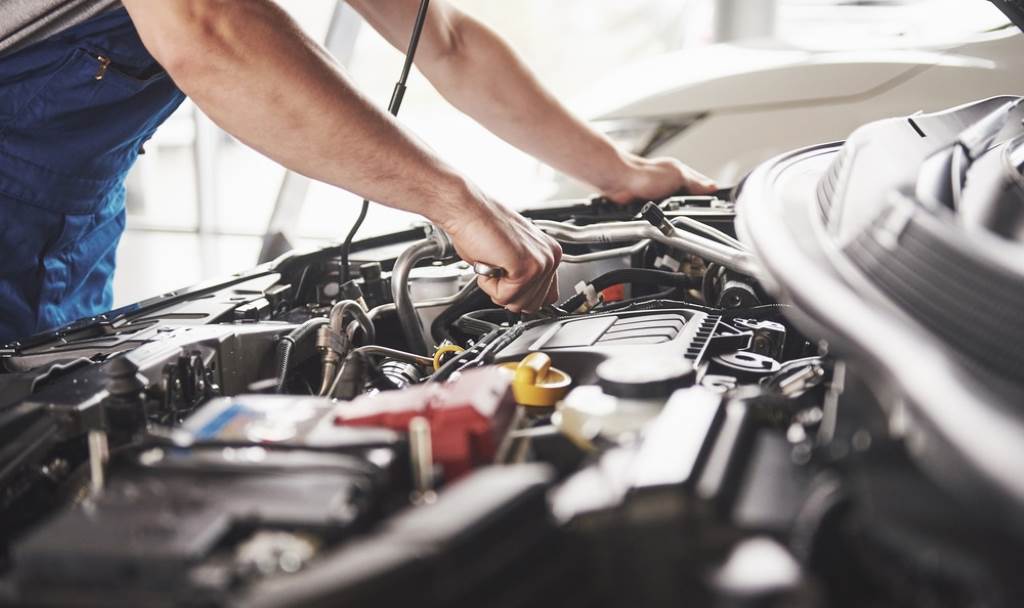While wheels may seem simple from the outside, they are sophisticated systems consisting of precisely interfaced components. There are several essential parts of a car wheel including the rim, spokes, hub, lug nuts, bearings, and tires. Each piece has a specific role in making the wheel turn true and absorb impacts. Understanding wheel anatomy is key to proper maintenance and recognizing when components need replacement or repair. Evaluating the subtleties between well-functioning and failing wheels prevents accidents and breakdowns.
We will explore the key parts of a car wheel. We’ll look at the responsibilities of each part and how they work in concert to keep you rolling. Knowing the fundamentals of wheel construction allows you to make smarter purchases and take proactive steps to extend wheel life. Wheels touch nearly every aspect of vehicle dynamics, so properly caring for them pays dividends in performance, safety, and driving enjoyment. Read on as we unravel the intricacies within one of the most fundamental inventions – the wheel.

The Rim: Parts of a Car Wheel
The rim is the outer circular part of the wheel that holds the tire. It’s usually made of steel, aluminum alloy, or carbon fiber. The rim mounts directly to the hub and supports the weight of the vehicle. It also maintains the tire’s shape and keeps it seated on the wheel.
Rims come in different sizes based on the diameter and width measurements. The diameter must match the size of the tire, while the width depends on the vehicle and design. Wider rims provide a broader tire footprint for improved handling and braking. Most modern rims also have an intricate spoke design that enhances structural integrity.
Some key features of the rim include:
- Rim lip – prevents the tire from slipping off the edge
- Valve hole – allows air into the tire
- Centering ledges – keep the wheel properly aligned
- Bolt holes – for fastening the wheel to the vehicle
- Bead seat – contacts and creates an airtight seal with the tire bead
Proper maintenance of the rim is crucial. If the rim gets bent or cracked, it can cause the tire to deflate rapidly or make steering control difficult. That’s why it’s important to inspect rims regularly for damage and replace them if needed. The right set of rims can significantly improve the look and performance of a vehicle.
Spokes: Parts of a Car Wheel
Spokes are thin metal rods that connect the hub in the center of the wheel to the rim. They provide structural support by distributing the load from the weight of the vehicle across the entire wheel. Traditional wire-style spokes are made from stainless steel for durability and strength.
The number and pattern of spokes depend on the wheel design. More or thicker spokes increase rigidity, while fewer, thinner spokes create a lighter wheel. Spokes are under constant tension – similar to the strings of a guitar. This tension keeps the rim true while supporting the vehicle. If one spoke breaks, handling can be severely compromised.
Some modern alloy wheels use a solid disc design instead of traditional spokes. This improves the aerodynamics and aesthetics versus wire spokes. But if the disc bends or cracks, the entire wheel may need replacement instead of just a spoke.
Proper spoke tension is important to prevent cracks and breaks. A trained mechanic should check spoke tightness during routine wheel maintenance using a spoke wrench. All the spokes must share the load evenly across the wheel.
Hub: Parts of a Car Wheel
The hub sits at the center of the wheel and allows it to spin around the axle. Within the hub is a bearing that contacts the axle, allowing friction-free rotation. The spindles, spokes, and rim bolt directly to the hub to transfer the load from the vehicle.
Hubs come in a variety of designs and materials. Common types include:
- Cartridge-type ball bearing hub – uses metal ball bearings between two concentric races around the axle
- Tapered roller bearing hub – uses tapered rollers that fit tightly around the axle
- Ceramic bearing hub – high-performance design using smooth ceramic balls
No matter the design, the hub must spin effortlessly without wobble or play. Inferior hubs cause vibration, noise, and uneven tire wear. Routine lubrication and inspection ensure maximum hub life and safety. Signs of a failing hub include grinding noises, looseness, and leakage.
Lug Nuts: Parts of a Car Wheel
Lug nuts are fasteners that hold the wheel against the vehicle’s hub. They screw into threaded studs on the brake hub and rim to provide clamping force. Tightening the lug nuts compresses the wheel against the brake system, securing it in place.
Most cars use four or five lug nuts per wheel. High-performance vehicles may have up to twelve for extreme loads. Proper lug nut tightening follows a star pattern sequence to evenly distribute pressure. It’s crucial lug nuts remain tight – loose lug nuts can lead to catastrophic detachment of the wheel.
Lug nuts come in different shapes:
- Cone seat – tapered shape for self-centering
- Acorn – rounded shape with a smooth cap
- Mag – tapered shape for use with alloy wheels
- Spline drive – uses a star-shaped cap for tightening
High-quality lug nuts keep the wheel firmly attached over years of driving. Regular checking for looseness and replacing stripped/damaged lug nuts ensures safety. Using the wrong shape or size lug nuts can ruin the wheel or fail to secure it properly.
Wheel Coverings: Parts of a Car Wheel
There are several options to customize the visible outer face of the wheel:
Hubcaps: Plastic or metal caps fitting over the central hub. They provide minor protection and a decorative look. Hubcaps simply snap or bolt onto existing steel wheels.
Wheel Covers: Metal covers that overlay the entire outward wheel face. Offers styling options and some protection from scratches/corrosion. Usually secures to lug nuts or clips onto the rim edge.
Alloy Wheels: Wheels forged entirely from aluminum alloy, rather than steel with a plastic/metal cover. Stronger and lighter than steel wheels. Allows more intricate and high-tech designs. Requires compatible lug nuts and precision sizing.
Custom Wheels: Aftermarket wheels crafted with exclusive styles, sizes, and materials. Offers deep customization but at a higher cost. Must ensure proper fitment for the vehicle model.
Beyond aesthetics, wheel coverings must stand up to heat, impact, and corrosion. Regular cleaning maintains the look while monitoring for cracks/damage keeps them functional. Proper use of weights, chains, or non-damaging car washes prolongs the life of nice wheels.
Tires: Parts of a Car Wheel
The tire is the rubber component that mounts onto the wheel rim and contacts the road. The tread provides grip, while the reinforced internal structure bears the load of the vehicle. Tires are selected based on the intended vehicle use and optimized for factors like fuel economy, handling, and noise.
Key tire components include:
- Tread pattern – provides wet/dry traction and channels water away
- Sidewalls – resistant rubber compound to protect the plies
- Beads – creates an airtight seal against the rim
- Belts/plies – interior layers of steel, polyester, or other cord that provide structure
- Inner liner – air-tight layer allowing inflation pressure to be contained
Proper inflation is critical for tire and vehicle safety. Underinflation causes excessive wear, reduced fuel economy, and poor handling. Overinflation makes the ride harsher and leaves the center tread vulnerable to damage. Tire pressure must be checked according to manufacturer guidelines based on the load.
Routine tire inspections check for inflation, tread depth, wear patterns, and signs of damage like cracks or punctures. Tires should be rotated and replaced as needed to maximize longevity. Selecting the right tire type and understanding proper care ensures safe, reliable mileage.
Valve Stem: Parts of a Car Wheel
The valve stem is a small but vital component that allows air to enter the tire. It consists of an interior valve core and an exterior stem. The stem protrudes through a small hole in the wheel rim, providing access to the valve core.
Turning the valve core opens/closes the passage from the stem into the interior air chamber of the tire. Air pumps attach to the end of the stem, enabling inflation. Caps screw onto the external stem end to keep out dirt and moisture.
Valve stems are normally made of durable rubber or metal. Their condition should be checked regularly during tire inspections. Cracked, damaged, or leaking valve stems must be replaced immediately. Inferior or faulty stems will lead to slow air leakage.
There are a few valve stem options:
- Standard – common rubber stem with removable valve core
- Tubeless – integrated metal stem and core used on many modern wheels
- Sensor-enabled – contains built-in pressure sensors for TPMS
Keep stems clean of buildup and use valve caps to prolong valve life. Rotate tires according to manufacturer service schedules to equalize wear at the stem site.
Wheel Bearings: Parts of a Car Wheel
Wheel bearings allow the wheel hub to spin freely around the axle. They mount inside the hub and ride directly on the axle. Good bearings minimize friction and allow miles of reliable rotation.
There are two main bearing designs:
Ball Bearings – Use rounded balls between inner and outer bearing races. Require periodic lubrication but are inexpensive and easy to service.
Tapered Roller Bearings – Employ cone-shaped rollers for heavy vehicle loads. More complex but can last longer without maintenance.
Bearings must be precisely installed and set to the proper preload. Too tight and they overheat or seize – too loose allows play and damage. Routine inspection checks for noise, looseness, or leakage that indicates worn bearings. Catching problems early prevents catastrophic failures.
Bearing lifespan depends on factors like
- Load – heavier vehicles need sturdier bearings
- Lubrication – proper grease reduces friction
- Driving conditions – frequent high speeds, cornering, and impacts cause more wear
When bearings begin to fail, they typically produce a grinding, whining or rumbling sound. There may also be noticeable vibration or wobble in the wheel. If caught early, just the bearing itself can be replaced. However advanced damage may require replacing the entire wheel hub.
Changing bearings requires specialty tools and training. Most drivers rely on a mechanic’s expertise. For DIY repairs, follow the vehicle service manual exactly, including torquing the spindle nut properly. Always replace bearings in pairs on the same axle.
Advances in bearing materials and engineering continue to extend service life. Ceramic designs last longer than traditional steel and require less maintenance. They also run quieter and cooler for optimal performance.
Regular preventive maintenance is key to avoiding premature bearing failure. Rotation according to the owner’s manual interval allows even wear. Proper alignment and tire inflation prevent extra stress. And careful driving – avoiding curbs and potholes – keeps the wheels, bearings and all components in the best condition.
Wheel Balance and Alignment: Parts of a Car Wheel
To avoid vibration and uneven tire wear, wheels must be properly balanced and aligned.
Wheel Balance – Refers to equal distribution of weight around the wheel. Weights are added to offset heavy spots on the rim or tire. This keeps the assembly spinning smoothly at all speeds.
Wheel Alignment – Adjusts the angles of the wheels relative to the vehicle centerline. Correct toe, camber, and caster reduce uneven tire wear and improve handling.
Unbalanced wheels bounce and hop during braking. Misaligned wheels cause wandering, crooked steering, and rapid inner or outer tread wear. Symptoms also include shaking, pulling, and vibration through the steering wheel.
Wheel alignment requires special equipment and training. But you can maintain good alignment by:
- Inspecting suspension parts for damage
- Replacing worn components as needed
- Driving carefully over bumps, curbs and potholes
- Ensuring proper tire pressure
Rotation at the manufacturer’s interval equalizes wear on suspension and steering parts. This retains proper alignment and ride comfort. Be sure to address any collision damage or mechanical issues immediately to keep wheels in top shape.

Custom Wheels and Rims
Beyond the factory offerings, there is a massive selection of aftermarket custom wheels and rims. These specialty products allow vehicle owners to upgrade the look and performance with unique designs and materials.
Some popular custom wheel types include:
- Forged Aluminum – Lightweight yet strong rims machined from aluminum alloy
- Steel with Powder Coating – Durable color tinted powder coat finish over steel
- Chrome Plated – Shiny mirror-like chrome plating over steel or alloy
- Blacked Out – Murdered-out black finish instead of chrome
- Three-Piece – Inner and outer rim pieces bolt together over the spokes
- Deep Dish – Rim with exaggerated depth allowing very large tires
- Spinners – Wheels with spinning bezels or hubs for a showy look
There are also many ways to customize the spokes and finish:
- Wire Spoke – Retro traditional spoke design
- Twisted Spoke – Spokes given a twisted helix shape
- Color Accents – Colored spokes or outlines for a bold pop
- Windows – Cutouts in the wheel surface
- Engraving – Intricate machined patterns and logo detailing
Before buying custom rims, ensure the sizing precisely fits your vehicle. Carefully read specs like diameter, width, bolt pattern, and offset. Proper fitment avoids rubbing, interference, and unsafe conditions. Custom wheels are an investment – protecting the finish and avoiding potholes maintains their looks.
With so many options, you can equip your car with a set of wheels that enhances both appearance and performance. Just be diligent about proper maintenance and driving care to keep aftermarket wheels looking their best.
Frequently Asked Questions
How often should I get my wheel alignment checked?
You should get your wheels aligned about once a year or every 10,000-15,000 miles. More frequent checks may be needed if you notice vehicle wandering, uneven tire wear, or pulling to one side. Any collision damage or suspension repairs also require a realignment.
What is the best way to clean wheels and rims?
Use a pH neutral wheel cleaner and a soft brush to gently remove brake dust and dirt from the rims. Avoid harsh chemicals or abrasive pads that can damage the finish. Rinse thoroughly and dry completely. Apply a protectant to maintain the shine.
Can damaged wheels be repaired or do they need full replacement?
Minor cosmetic damage like scratches or scuffs can be repaired by a wheel specialty shop. But any cracks, fractures or structural damage means the wheel needs to be replaced. Do not use a visibly cracked wheel, as it can fail catastrophically.
How do I know if my wheel bearings need to be replaced?
Listen for growling, grinding or whining noises when spinning the wheels. Check for play or wobble when rocking the tire from top to bottom. Leaking or contaminated grease indicates worn bearings. Inspect according to your maintenance schedule to replace before complete failure.
What lug nut pattern do I need for aftermarket wheels?
Consult your owner’s manual or existing wheel to determine the bolt pattern, pitch circle, and thread pitch required. Many cars use a 5×114.3mm pattern, but others have different specifications. Matching the lug pattern exactly ensures the safe mounting of new wheels.
Last Words
From the inner bearings to the outer rim, every part of the wheel and tire assembly impacts the ride, handling, and safety of a vehicle. The illusion of car wheels rotating backwards, often observed in videos, highlights the finely engineered relationship between the hub, spokes, rim, and tire, which together keep you rolling smoothly and reliably. This interplay, combined with robust materials and precision manufacturing, allows wheels to support thousands of miles of driving, ensuring durability and performance.
With basic parts of a car wheel like tire rotations and wheel alignments, the average wheel can deliver years of service. Knowing when components need replacement comes with experience and paying attention to telltale noises or vibrations. Whether you’re riding on stock steelies or flashy chrome rims, keep your eyes peeled for problems before they leave you sitting on the side of the road. Your wheels support everything else – take care of them, and they’ll take care of you.





